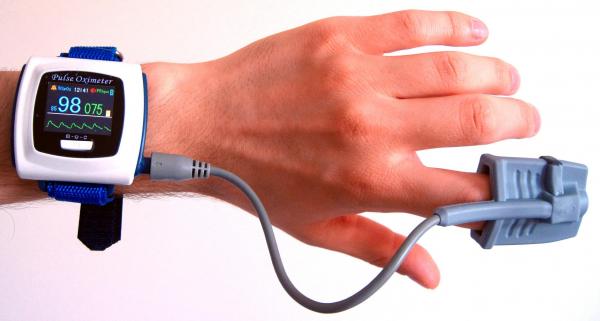Running with Moe May 20

A fit male runner has a resting pulse rate in the low 50 beats per minute, a fit woman will be in the low 60 beats per minute. Some elite runners have resting pulse rates in the mid 30 beats per minute. Then to add ‘more than you want to know’ to the low pulse rate they mention that they have 79,200 beats per day (55 beats per minute) versus the sedentary person’s 103,680 beats per day. That means a fit runner has 24, 480 beats less per day than the normal person. This means in one year a runner has 8,935,200 beats less than a non-runner. While having a more efficient heart is good, the pulse rate is too often used as a bragging point.
Using the pulse rate as a measure of the difficulty of a training run is a little confusing as to which method of measuring is used. The standard method of 220 minus your age to determine your maximum pulse rate is not accurate for fit older runners. The recommended training scale is between 60% and 80% of that maximum. (An example, for instance, would be a 40 year old runner using the formula 220 – 40 = 180 beats for a maximum pulse rate. A training pulse rate is between 108 and 144 beats).
When I was 50 years old my training pulse rate was supposed to be between 102 and 136 beats per minute. On a hard training run my pulse rate was 180 beats per minute. For a fit masters age runner the average training pulse rate is much too low.
Alternate methods to determine a training pulse rate have been developed. The Mayo Clinic developed a formula for women over the age of 40. This method had women multiplying their age by 67% and subtract that number from 200 for a maximum heart rate. (Example: 45 year old woman X .67 = 30.15. 200 – 30 = 170 for a maximum heart rate.) Men multiply their age by 93% and subtract that from 216. (Example: 45 year old man X .93 = 41.85 (42). 216 – 42 = 174 beats for a maximum heart rate.) This formula works better as a runner gets older. A 70 year old runner has almost 9 beats higher rate than using the standard method of 220 – age.
The recommended training pulse rate varies with the fitness of the runner. For a sedentary person the percentage is recommended to be 50% to 60%of the maximum heart rate. If the person is very fit the percentage can be 90%of the maximum heart rate for an intense workout.
If the runner is not into the pulse rate method of training the talking method is a good one to try. The “talk test” has a rating scale that follows how you talk during a run. If the conversation is done easily with no effort the training run is too easy. If you can speak in short sentences the training is in the moderate range. If you have trouble speaking you’re exercising too strenuously.
Once you determine which method you are going to use for a training guide you might enjoy the book “Heart Rate Training for the Complete Idiot”. This method has you either training above or below the training range. If the training range is between 140 – 170 beats per minute the training run should either be above or below those numbers. For a six day training week the runner will alternate days at either above or below the 140 – 170 range. The most difficult day will be keeping the pulse rate above 170 for the duration of the run. It may take a few runs to be able to build up a tolerance to the lactic threshold during training. The lactic threshold is the buildup of lactic acid in the muscles and cause pain. The muscles, and the runner, can run through the pain with no serious aftereffects. It takes some time to learn that the body can run when it hurts. Be sure the runner knows the difference levels of pain from a building up of lactic acid versus the pain from a strained or injured muscle.
So much for the person that said running is easy. ”All you have to do is lace on your shoes and head out the door”. Whoever that was never had to account for a pulse rate method of running.



